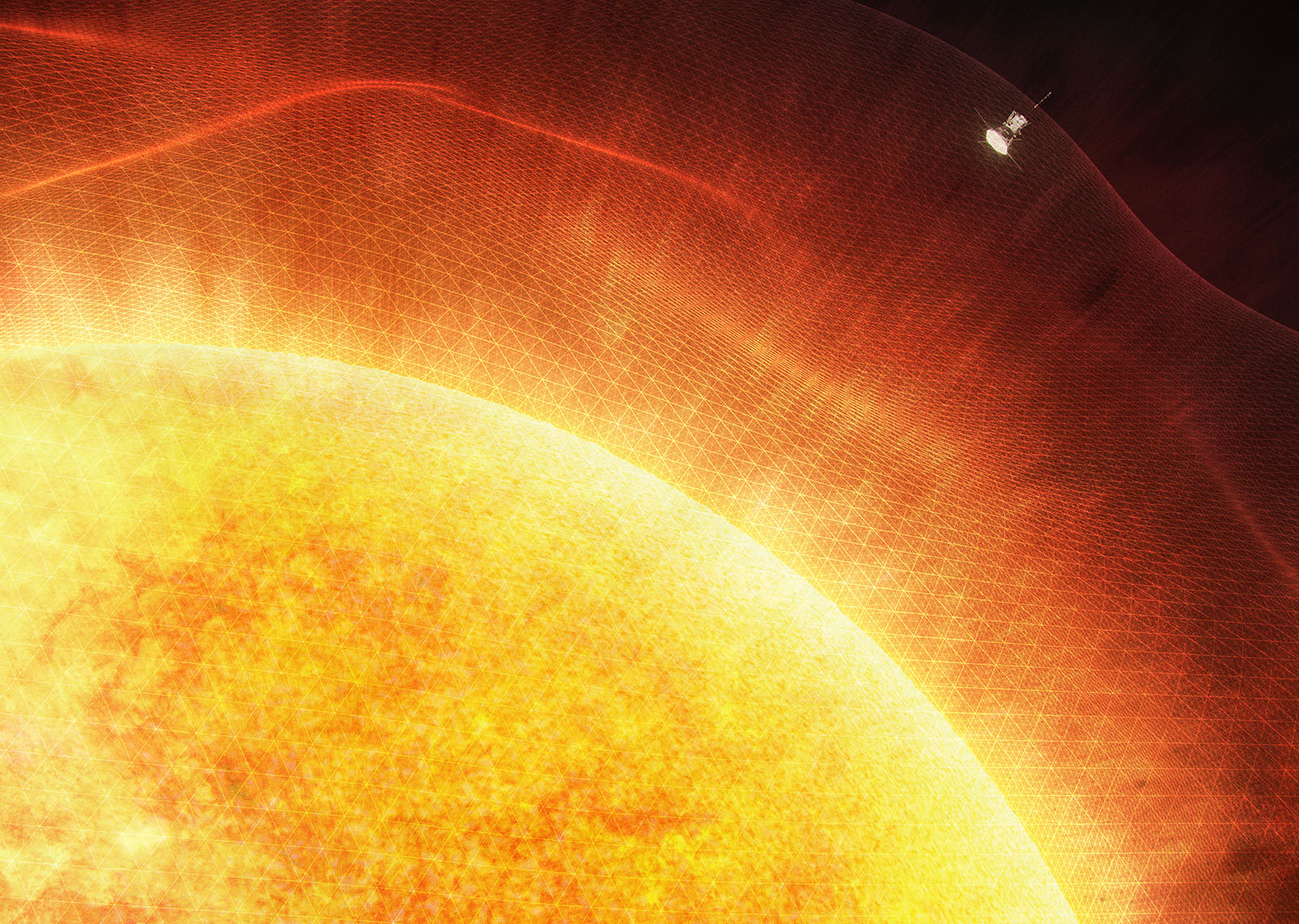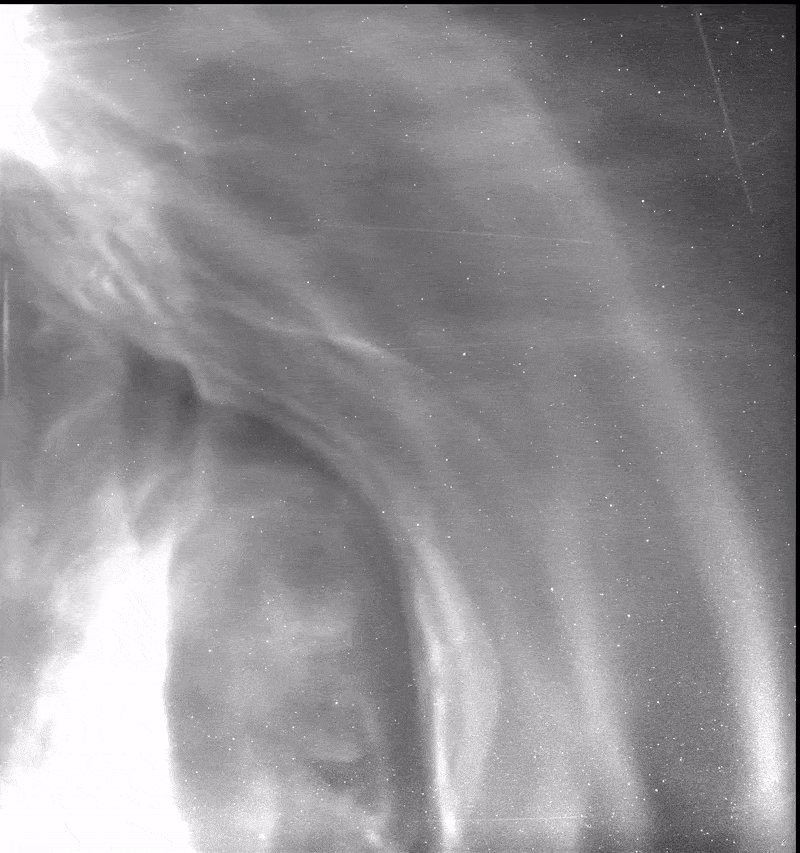NASA’s Parker Solar Probe Photographs its Journey Through a Solar Storm
NASA’s Parker Solar Probe, the first spacecraft to “touch the Sun,” sailed directly through a coronal mass ejection (CME).
As Scientific American reports, the car-sized Parker Solar Probe through a super-powerful solar outburst of charged particles. If the CME had hit Earth, which is not unusual, it could have caused significant blackouts.
This particular coronal mass ejection happened on the far side of the Sun relative to the Earth’s position and began on September 5, 2022. While occurring over a year ago, the observations and research surrounding the encounter are detailed in a new research paper in The Astrophysical Journal.
The event occurred during the Parker Solar Probe (PSP) mission’s thirteenth encounter. The observations marked a major departure from the typical study of CMEs, which often occur from Earth. The Parker Space Probe was only 5.7 million miles (9.17 million kilometers) from the Sun’s surface, significantly closer than the Earth’s typical distance of about 93 million miles (roughly 150 million km) from the Sun.

“CMEs are immense eruptions from the Sun’s outer atmosphere, or corona, that help drive space weather, which can endanger satellites, disrupt communications and navigation technologies, and even knock out power grids on Earth,” NASA explains. “Learning more about how these events interact with interplanetary dust could help scientists better predict how quickly CMEs could travel from the Sun to Earth, forecasting when the planet could see their impact.”
The encounter last September was the first time that Parker observed a CME. The momentous occasion has had considerable benefits to scientists.
“These interactions between CMEs and dust were theorized two decades ago, but had not been observed until Parker Solar Probe viewed a CME act like a vacuum cleaner, clearing the dust out of its path,” says Guillermo Stenborg, an astrophysicist at the Johns Hopkins Applied Physics Laboratory (APL) in Laurel, Maryland. Stenborg is the lead author on the new research paper.
“The CME displaced the dust all the way out to about 6 million miles from the Sun — about one-sixth of the distance between the Sun and Mercury — but it was replenished almost immediately by the interplanetary dust floating through the solar system,” says NASA.

This landmark discovery was only possible because of Parker. The probe’s observations may also provide critical insight into related phenomena further down in the Sun’s corona.
Scientists have only seen the dust depletion effect with the September 5, 2022 event, suggesting that only the most powerful CMEs have this result.
More studies and observations are required, but scientists are coming to grips with how interplanetary dust affects CMEs.